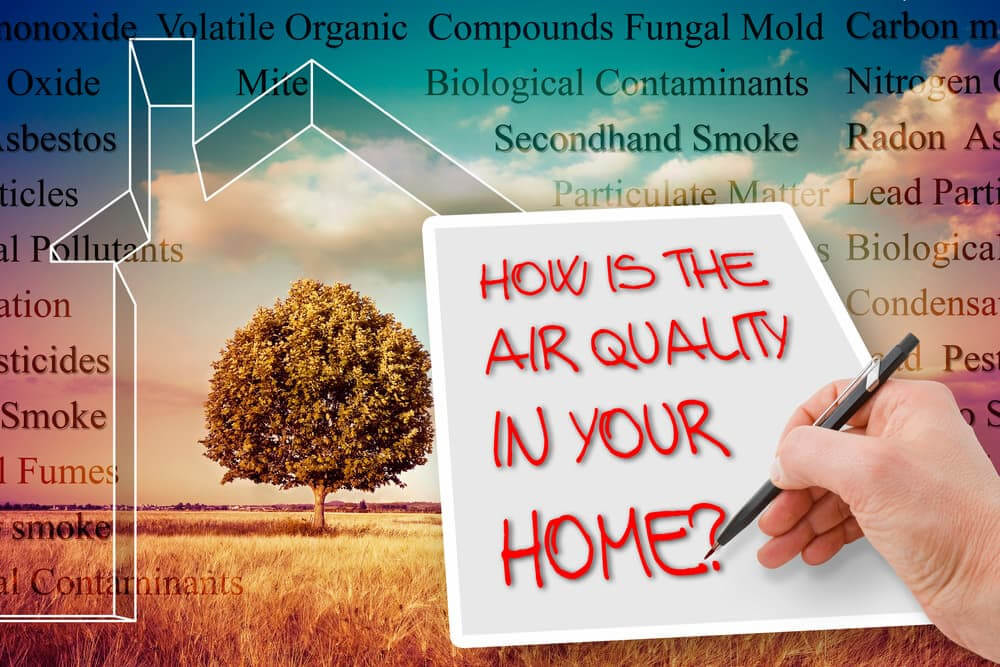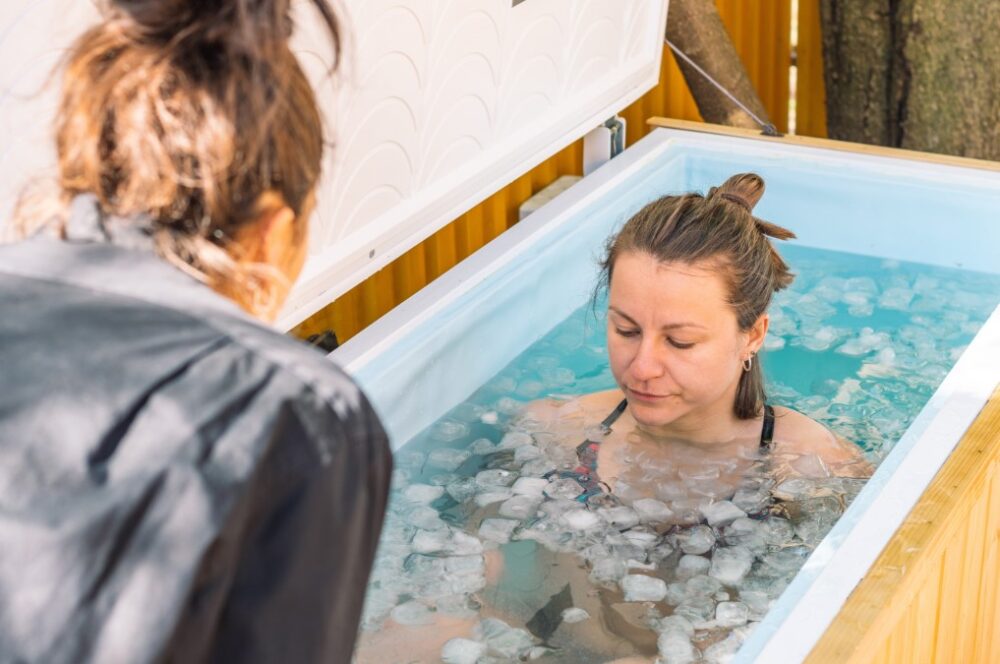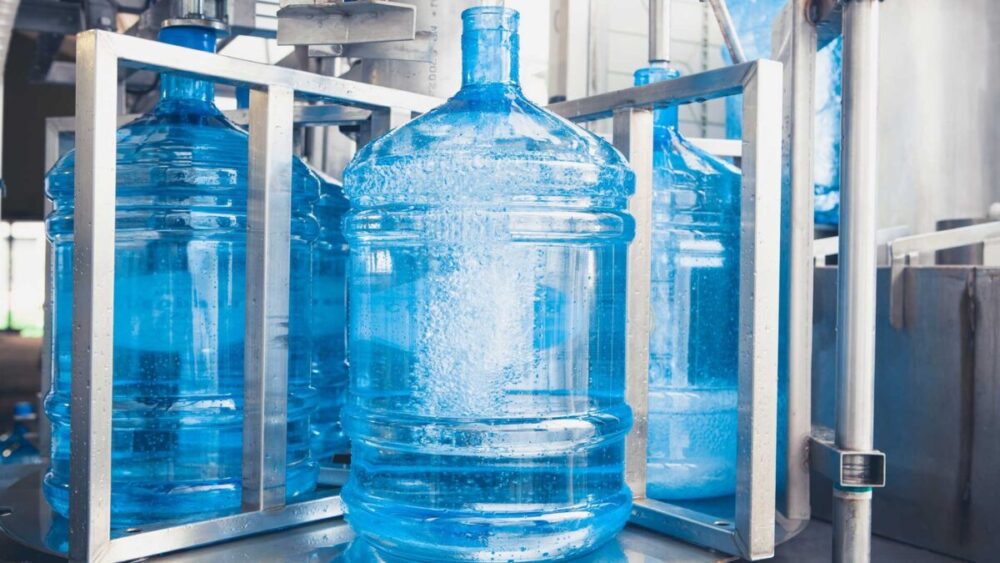Having fresh, clean air inside your home is essential for a healthy lifestyle. Poor air quality can lead to various health issues, such as allergies, asthma, and even headaches and fatigue. Unfortunately, many homes have poor indoor air quality due to pollutants like pet dander, dust mites, mold spores and other allergens in the environment.
If you’re serious about putting these problems behind you, working with indoor air services in your area is crucial. These professionals will have the equipment needed to boost indoor air quality.
The following are some things you can do to improve the indoor air quality in your home.

Keep Your Home Dust-Free
Keeping your home dust-free is one of the most important steps to improving indoor air quality. Dust is made up of particles that can come from various sources, such as pet dander, pollen, mold spores and household fibers and can be a major source of pollutants in your home.
Regular vacuuming and dusting are essential for removing these particles before they can become airborne and affect air quality. It is also important to clean carpets and furniture regularly, as these items are prone to collecting dust.
If you have pets in the home, keeping them groomed and bathed is especially important. Pet hair and dander can easily accumulate on carpets, furniture, floors and other surfaces, leading to poor indoor air quality.
Use Air Purifiers
Air purifiers are a great way to reduce the number of pollutants in your home. These machines use filters to remove dust, smoke, pollen and other contaminants from the air. Some air purifiers even have special filters that can capture allergens, bacteria, and viruses. By running an air purifier in your home, you can significantly reduce the pollutants in the air and improve your indoor air quality.
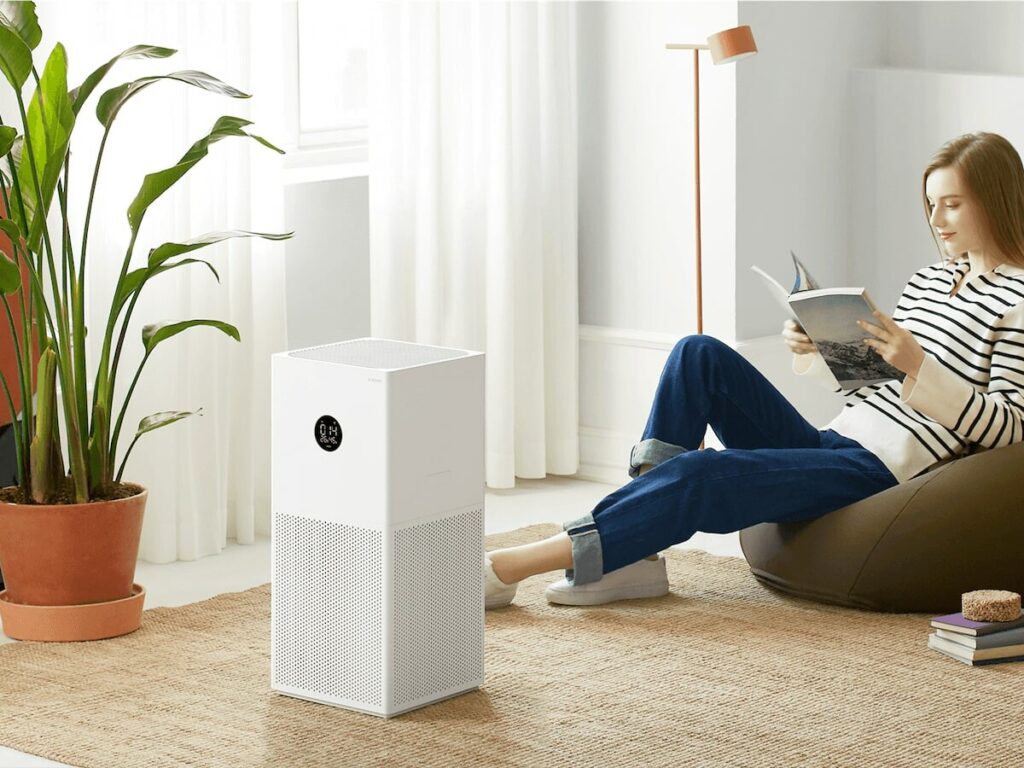
Think About Proper Ventilation
Proper ventilation is also important for improving indoor air quality. Opening windows and doors regularly allows fresh air to circulate throughout the home while also eliminating stale and musty odors. Installing exhaust fans in bathrooms and kitchens can help reduce moisture levels and keep pollutants out of the air. For best results, make sure to use energy-efficient fans that are designed to draw out excess moisture without wasting energy.
Use Natural Solutions
Natural solutions, like houseplants, can be used to improve indoor air quality as well. Many plants have been proven to absorb certain pollutants from the air, such as formaldehyde, benzene and carbon monoxide. Not only do they add aesthetic value to your home, but they can also help reduce the number of contaminants in the air.
Keeping your home’s air clean is essential for a healthy lifestyle. By following these tips and working with indoor air services in your area, you can ensure that the air quality in your home is as good as it can be.
Open Your Windows Occasionally
One of the easiest and most cost-effective ways to improve indoor air quality is to open your windows occasionally. This allows fresh, outdoor air to circulate throughout your home, which in turn helps reduce dust and other pollutants that can accumulate indoors.
Opening the windows for just a few minutes every day can have a positive impact on air quality. In addition, it is important to use screens if you plan to keep your windows open for extended periods of time, as this will help keep insects and other pests out.
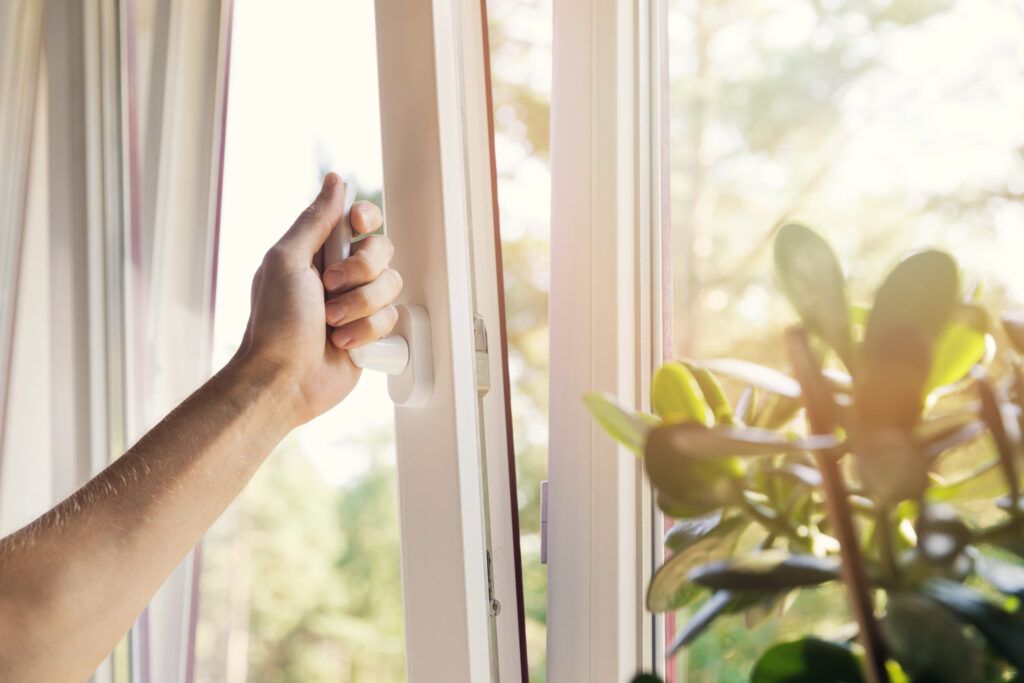
Don’t Use Harsh Cleaning Chemicals
When it comes to improving indoor air quality, it is important to avoid using harsh cleaning chemicals. These chemicals are often filled with toxins that can hurt your health and the air you breathe inside your home.
Many common cleaning products contain volatile organic compounds (VOCs), which can contribute to poor air quality. To reduce the risk of VOCs and other harmful chemicals, opt for natural cleaning solutions such as vinegar, baking soda or essential oils.
These natural alternatives are as effective at removing dirt and grime without the added risk of toxins entering your home. Furthermore, using them can significantly reduce your exposure to hazardous ingredients.
Vacuum Carpets and Furniture Weekly
Regularly vacuuming carpets and furniture can help to improve indoor air quality. Vacuums remove dust, dirt, and other particles that are commonly found in carpets and upholstery, allowing for a cleaner and healthier environment in the home. Vacuuming every week is ideal as it helps to reduce allergy-causing dust and dander that can accumulate over time.
When vacuuming, make sure to pay extra attention to corners and other hard-to-reach areas where dirt and dust are likely to hide. Additionally, it is a good idea to consider investing in a vacuum with a HEPA filter. This type of filter is designed to capture even the smallest particles to create a cleaner and healthier living space.
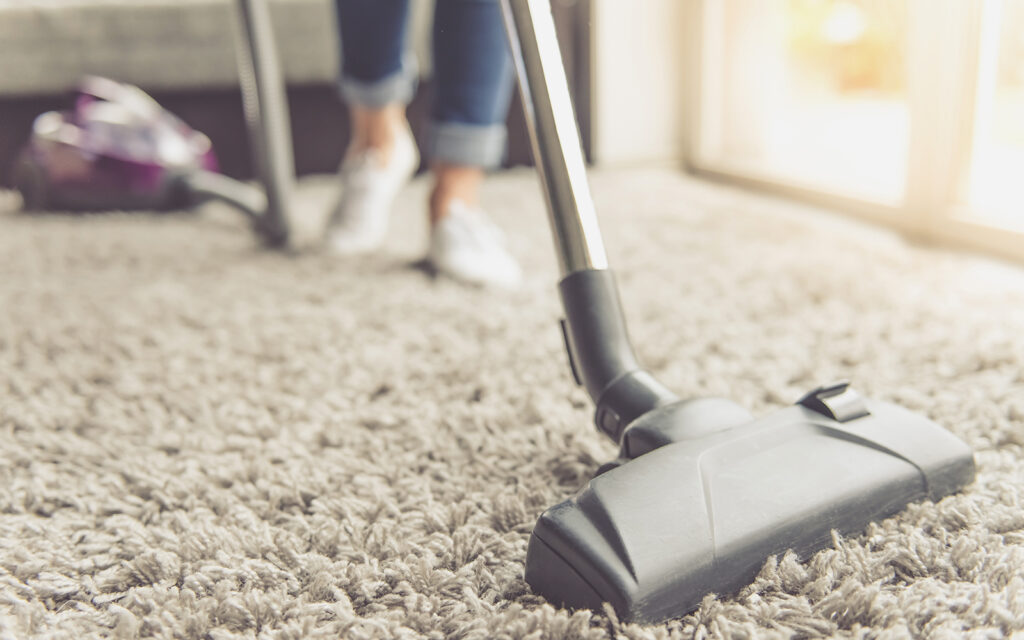
Never Smoke Indoors
Smoking indoors is one of the most dangerous things you can do for your health and the air quality inside your home. The toxic chemicals found in secondhand smoke, such as carbon monoxide, are linked to a variety of serious health conditions, including asthma and lung cancer. It is also known to cause eye irritation and allergies in those exposed to it.
To protect your health and the air quality in your home, it is important not to smoke indoors. If you or someone else in your home smokes, smoke outside and away from any open windows or doors. This will help keep the smoke from entering your living space and reduce the number of toxins in the air.
Monitor Humidity Levels
Monitoring humidity levels is essential for improving indoor air quality. Too much humidity can lead can cause mold issues, while too little can cause respiratory problems. Investing in a hygrometer and regularly checking humidity levels is a great way to maintain a healthy level of moisture in your home and improve air quality.
By putting these tips to use, you can address your indoor air quality issues. Working with professionals is the best way to avoid problems when implementing these solutions.

